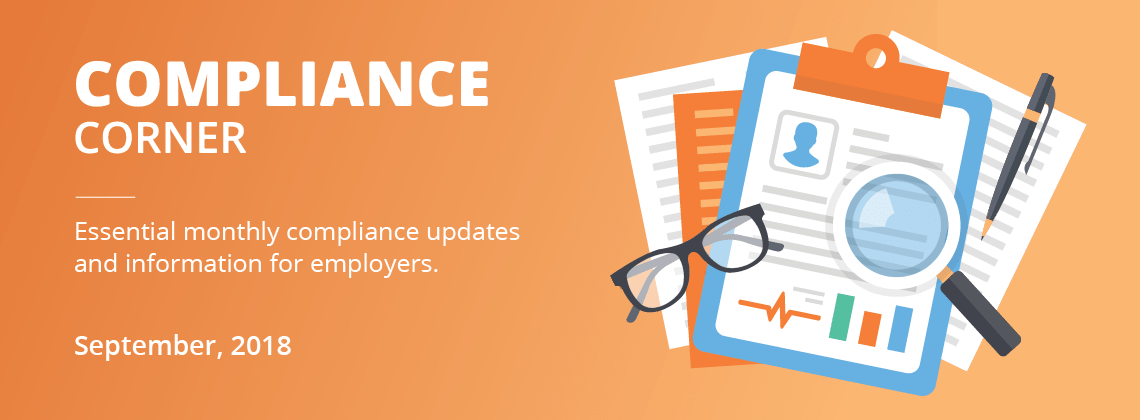FMLA Recordkeeping: A Commonly Neglected Area of Compliance


Paul Kramer
Director of Compliance
When employees request FMLA leave, most employers scrupulously focus on the more conspicuous aspects of compliance such as employee eligibility, the qualified reasons for leave, and how much leave time is available. Too commonly, however, employers overlook the lesser-known compliance requirement of making, keeping, and preserving records regarding their FMLA obligations. Nevertheless, failing to maintain adequate records can land employers in hot water with the Department of Labor (“DOL”) and place them on the wrong side of a costly lawsuit. But what records are employers required to keep? Here is a quick summary of the records and information employers must retain to comply with the FMLA.
Basic payroll and identifying employee data.
This includes the employee’s name, address, occupation, pay rate, terms of compensation, daily and weekly hours worked per pay period, additions to or deductions from wages, and total compensation.
Dates FMLA leave is taken.
Time records and written requests for leave can establish when FMLA leave is taken. Leave must be designated in records as FMLA leave but may not include leave required under state law or an employer plan that does not qualify under the FMLA.
The hours of short-term leave.
The hours of the leave must be documented if it is taken in increments shorter than a full day, such as intermittent leave.
Digitalize Compliance Processes to Reduce Risk
Learn more effective ways to demonstrate compliance with the complex matrix of labor laws, while also keeping costs down and reducing risks.
Written notices.
This includes copies of all written notices received by the employer requesting FMLA leave as well as notices given by the employer to employees as required under the FMLA. These copies can be kept in employee personnel files.
Benefits and policies.
Any written and electronic records describing employee benefits, policies, and practices regarding the taking of paid and unpaid leaves.
Premium payments.
Any written and electronic records describing employee benefits, policies, and practices regarding the taking of paid and unpaid leaves.

Disputes.
Records of any disputes with eligible employees regarding designating leave as FMLA leave, including written statements from the employer or employee of the reasons for the designation and for the disagreement.
Exempt employee time records.
Time records showing that exempt employees worked fewer than 1,250 hours in a 12-month period, if leave was denied for this reason.
Medical records.
Certifications, recertifications, medical histories of employees or their family members, and related documents created for FMLA purposes. These records should be kept separately from employee personnel files to maintain their confidentiality.
Periodically conduct a compliance audit.
These records must be maintained by employers for at least three years, although no particular order or form of record is mandated. Records must be submitted to the DOL for inspection, copying, and transcription upon request, but FMLA regulation 29 C.F.R. § 825.500 restricts the DOL’s authority to require employers to submit records more than once during any 12-month period unless they have reason to believe an FMLA violation occurred or they are investigating a complaint. If you receive a request for documents from the DOL, contact legal counsel to make sure you have properly preserved the appropriate records. Better yet, periodically conduct a compliance audit to determine whether your organization is complying with FMLA recordkeeping requirements.
More Awesome Content!
The State of the Manufacturing Workforce in 2024 and Beyond
See how industry experts in manufacturing are solving complex challenges with workforce management technologies.
5 Workforce Management Secrets to Thrive in 2021 and Beyond
Download this eBook to learn the 5 secrets that will help your organization shift from surviving to thriving now and in the future and learn how the right workforce management solution can empower your initiatives.
Reshaping Workforce Management Strategies to Meet Growing Employee Expectations
See how evolving preferences and pivotal factors have led to a transformative shift in workforce expectations.




